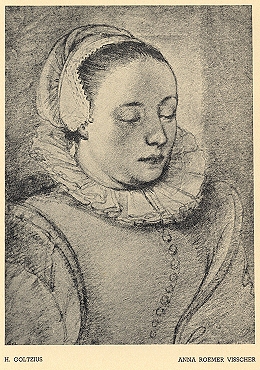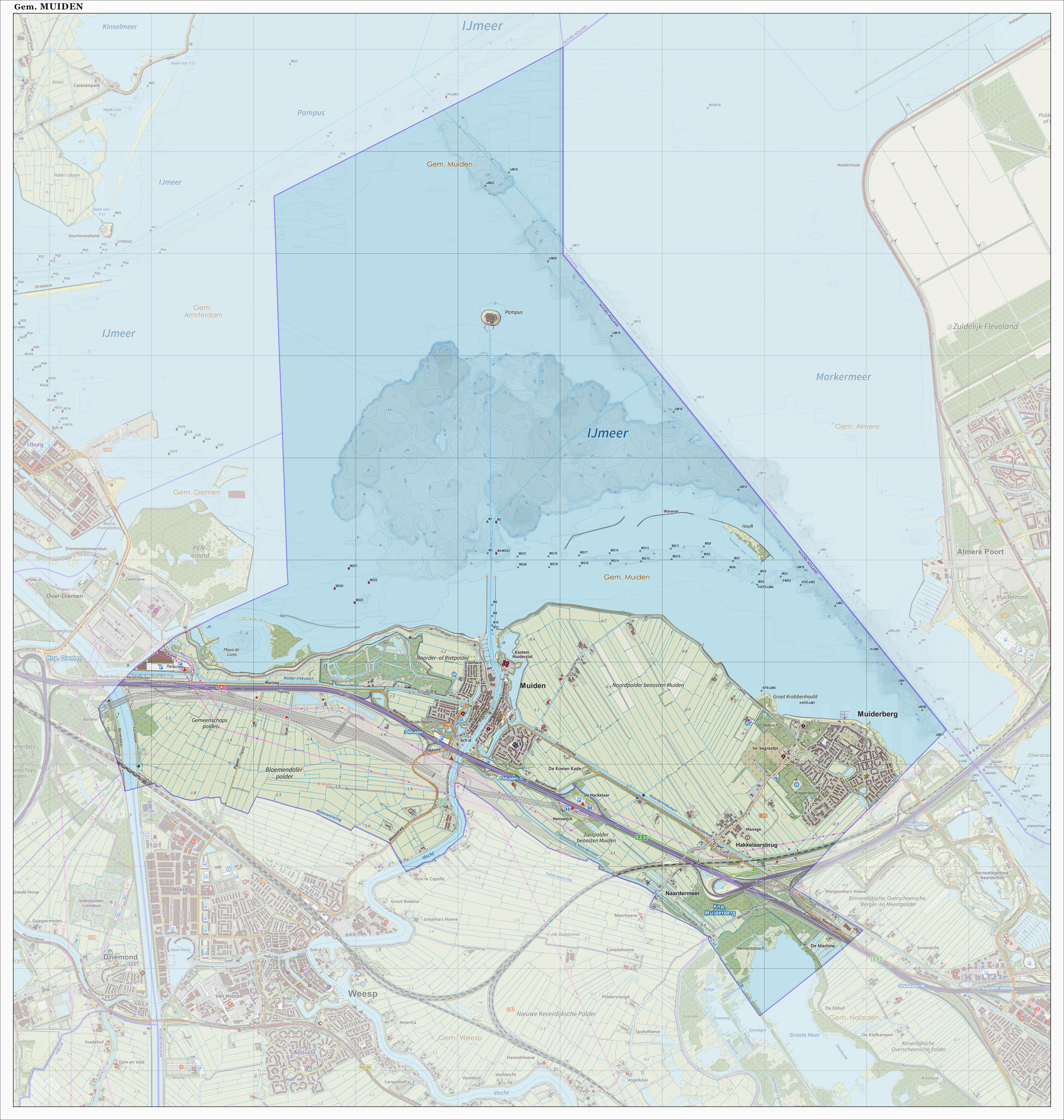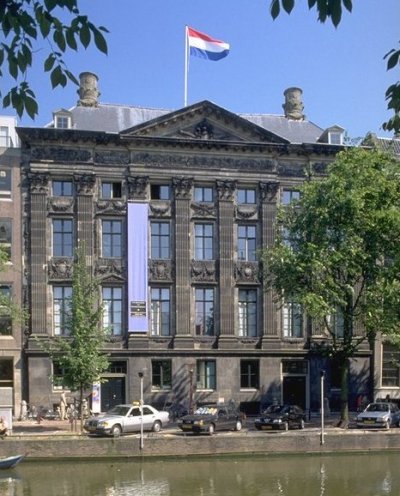|
Muiderkring
The Muiderkring (Muiden Circle) was the name given to a group of figures in the arts and sciences who regularly met at the Muiderslot, castle of Muiden near Amsterdam during the first half of the 17th century, or the Dutch Golden Age, Golden Age of the Dutch Republic. The central figure of the Muiderkring was the poet Pieter Corneliszoon Hooft; Constantijn Huygens, Dirck Sweelinck, Joost van den Vondel, Vondel, Bredero and the poet sisters Anna Visscher and Maria Tesselschade Visscher were also considered part of the group.Paul Zumthor ''Daily Life in Rembrandt's Holland'' 1994 p218 "Hooft once wrote Maria a long letter consisting entirely of mythological allusions, just to inform her that she had left her slippers at his house. But the Muiden circle was something more than a mere symbol of literary preciosity,.." Some music connected with the circle was recorded by the Utrecht ensemble Camerata Trajectina in 1994. References Muiderkring, Culture of the Netherlands Dutch a ... [...More Info...] [...Related Items...] OR: [Wikipedia] [Google] [Baidu] |
Constantijn Huygens
Sir Constantijn Huygens, Lord of Zuilichem ( , , ; 4 September 159628 March 1687), was a Dutch Golden Age poet and composer. He was also secretary to two Princes of Orange: Frederick Henry and William II, and the father of the scientist Christiaan Huygens. Biography Constantijn Huygens was born in The Hague, the second son of Christiaan Huygens (senior), secretary of the Council of State, and Susanna Hoefnagel, niece of the Antwerp painter Joris Hoefnagel. Education Constantijn was a gifted child. His brother Maurits and he were educated partly by their father and partly by carefully instructed governors. When he was five years old, Constantijn and his brother received their first musical education. Music education They started with singing lessons, and they learned their notes using gold-coloured buttons on their jackets. It is striking that Christiaan senior imparted the "modern" system of 7 note names to the boys, instead of the traditional, but much more complicate ... [...More Info...] [...Related Items...] OR: [Wikipedia] [Google] [Baidu] |
Joost Van Den Vondel
Joost van den Vondel (; 17 November 1587 – 5 February 1679) was a Dutch playwright, poet, literary translator and writer. He is generally regarded as the greatest writer in the Dutch language as well as an important figure in the history of Western literature. In his native country, Vondel is often called the "Prince of Poets" and the Dutch language is sometimes referred to as "the language of Vondel". His oeuvre consists of 33 plays, a large number of poems in different genres and forms, an epic poem and many translations of predominantly classical literature. Vondel lived in the Dutch Republic during the Eighty Years' War and became the leading literary figure of the Dutch Golden Age. Although Vondel was born in Cologne, his family, who were Mennonites, originally came from Antwerp, but had to flee after the fall of the city in 1585. They settled in Cologne, but were persecuted there as well. Eventually they moved to Amsterdam in the then newly formed Dutch Republic. In Amst ... [...More Info...] [...Related Items...] OR: [Wikipedia] [Google] [Baidu] |
Maria Tesselschade Visscher
Maria Tesselschade Roemers Visscher (25 March 1594 – 20 June 1649), also called Maria Tesselschade Roemersdochter Visscher (), was a Dutch poet and glass engraver. Life Tesselschade was born in Amsterdam, the youngest of three daughters of poet and humanist Roemer Visscher. She was given the name ''Tesselschade'' ("Damage on Tessel"), because her father lost ships near the Dutch island Texel on Christmas Eve 1593, three months before her birth, to remember that 'worldly wealth could be gone instantly.' She and her sister, Anna, were the only female members of the Muiderkring, the group of Dutch Golden Age intellectuals who met at Muiden Castle. She is often characterised as a muse of the group and attracted the admiration of its members, such as its organiser Hooft, Huygens, Barlaeus, Bredero, Heinsius, Vondel and Jacob Cats. In their correspondence, she is described as attractive, musically talented, and a skilled translator and commentator from French and Italian. The ... [...More Info...] [...Related Items...] OR: [Wikipedia] [Google] [Baidu] |
Pieter Corneliszoon Hooft
Pieter Corneliszoon Hooft (; 16 March 158121 May 1647) - Knight in the Order of Saint Michael - was a Dutch historian, poet and playwright who lived during the Dutch Golden Age in literature. Life Pieter Corneliszoon Hooft, often abbreviated to ''P.C. Hooft'' (), was born in Amsterdam as scion of the patrician Hooft family and son of burgemeester (mayor) Cornelis Hooft. He was also uncle to statesmen and burgomasters Cornelis and Andries de Graeff. In 1598, in preparation for his career as a merchant, his father sent him to France and Italy, but Pieter Corneliszoon Hooft was more interested in art and was deeply impressed by the Italian Renaissance.Dautzenberg. J. ''Nederlandse literatuur, geschiedenis, bloemlezing en theorie tot 1916''. Den Bosch: Malmberg, p. 83-88 In 1609, he was appointed bailiff of Muiden and the Gooiland. He founded the Muiderkring, a literary society located at his home, the '' Muiderslot'', the castle of Muiden, in which he got to live due to his ... [...More Info...] [...Related Items...] OR: [Wikipedia] [Google] [Baidu] |
Muiderslot
Muiden Castle (Dutch: ''Muiderslot'', ) is a castle in the Netherlands, located at the mouth of the Vecht (Utrecht), Vecht river, some 15 kilometers southeast of Amsterdam, in Muiden, where it flows into what used to be the Zuiderzee. It is one of the better known castles in the Netherlands and featured in many television shows set in the Middle Ages. History Floris V The history of Muiden Castle begins with Count Floris V who built a stone castle at the mouth of the river in 1280, when he gained command over an area that used to be part of the Prince-Bishopric of Utrecht, See of Utrecht.A.T.E. Cruysheer, ''Het Muiderslot; een archeologische begeleiding en een historische interpretatie, Jaarboek 2005 van de Archeologische afdeling Naerdincklant'', pp. 48-55 The Vecht river was the trade route to Utrecht (city), Utrecht, one of the most important trade towns of that age. The castle was used to enforce a toll on the traders. It is a relatively small castle, measuring 32 by 35 metres ... [...More Info...] [...Related Items...] OR: [Wikipedia] [Google] [Baidu] |
Anna Visscher
Anna Roemers Visscher (c. 2 February 1583 – 6 December 1651) was a Dutch artist, poet, and translator. Biography Anna Roemers Visscher was the eldest daughter of Amsterdam merchant and poet Roemer Visscher and the sister of Maria Tesselschade Visscher. Her family's economic and social status in Amsterdam enabled Visscher to be schooled in languages, calligraphy, embroidery, drawing, painting, glass engraving and other arts. Visscher married Dominicus Booth van Wesel in 1624. In 1646, they moved with their two sons Roemer and Johan to Leiden. Visscher lived during the Renaissance when women poets were often praised for who they were more than for their literary work. She was amongst the group of artists, writers and musicians who formed the Muiderkring or Muiden Circle. She was highly admired by the artistic elite such as P. C. Hooft, Jacob Cats, Joost van den Vondel, Constantijn Huygens and others. They called her a muse, the second Sappho, a fourth grace and more, and ofte ... [...More Info...] [...Related Items...] OR: [Wikipedia] [Google] [Baidu] |
Bredero
Gerbrand Adriaenszoon Bredero (16 March 1585 – 23 August 1618) was a Dutch poet and playwright in the period known as the Dutch Golden Age. Life Gerbrand Adriaenszoon Bredero was born on 16 March 1585 in Amsterdam in the Dutch Republic, where he lived his whole life. He called himself ''"G.A. Bredero, Amstelredammer"'', and sometimes he is called ''Breero'' or ''Brederode''. He was the third child of Marry Gerbrants and Adriaen Cornelisz Bredero, who was a shoemaker and a successful real estate agent. Bredero was born in the ''Nes'', nowadays number 41, and in 1602 he and his family moved to a house on Oudezijds Voorburgwal, now number 244, which his father had bought. Bredero lived in this house for the rest of his life. Both houses are now restaurants in Amsterdam's famous red light district. At school Bredero learned French and possibly also some English and Latin. Later he was educated as an artist by the Antwerp painter Francesco Badens, but none of his paintings have ... [...More Info...] [...Related Items...] OR: [Wikipedia] [Google] [Baidu] |
Camerata Trajectina
Camerata Trajectina is a Dutch early music ensemble (in English, the word, "camerata," generally means a choir or small chamber orchestra). The ensemble was founded in Utrecht (hence Latin ''trajectina''; of Utrecht) in 1974 by Jos van Veldhoven and Jan Nuchelmans. Following the departure of Veldhoven in 1976 to lead the Utrechts Barok Consort, leadership of the ensemble passed to the current director, the musicologist Louis Peter Grijp (b. 1954). The ensemble has specialised in recovering and sometimes reconstructing Dutch vocal music from the Dutch Golden Age, and much of its discography are of Dutch-language songs which have not been recorded. The ensemble has particularly concentrated on domestic, middle-class, and Dutch-language church music which—unlike the Latin language church music of the Spanish Netherlands—is little known and little researched. The lyrics of the recovered songs often illustrate cultural history, as in the case of the ensemble's two recordings of Du ... [...More Info...] [...Related Items...] OR: [Wikipedia] [Google] [Baidu] |
Muiden
Muiden () is a city and former municipality in the Netherlands, in the province of North Holland. It lies at the mouth of the Vecht (Utrecht), Vecht and is in an area called the Vechtstreek. Since 2016, Muiden has been part of the new municipality of Gooise Meren. History The first known reference to Muiden is from 953 when Otto I, Holy Roman Emperor, granted the settlement and its toll rights to the Cathedral of Saint Martin, Utrecht. It was called ''Amuda'', meaning "mouth of the (river) A". "A" was the old name for the Vecht (Utrecht), Vecht river. In 1122 Muiden was, together with Utrecht (city), Utrecht, granted some city rights by Emperor Henry V, Holy Roman Emperor, Henry V. After the lands around Muiden were given to Floris V, Count of Holland, Count Floris V, he began building Muiderslot, Muider Castle at the mouth of the Vecht river. Muiden once again received City rights in the Netherlands, city rights in 1296. The first defensive works date from the first half of the ... [...More Info...] [...Related Items...] OR: [Wikipedia] [Google] [Baidu] |
Amsterdam
Amsterdam ( , ; ; ) is the capital of the Netherlands, capital and Municipalities of the Netherlands, largest city of the Kingdom of the Netherlands. It has a population of 933,680 in June 2024 within the city proper, 1,457,018 in the City Region of Amsterdam, urban area and 2,480,394 in the Amsterdam metropolitan area, metropolitan area. Located in the Provinces of the Netherlands, Dutch province of North Holland, Amsterdam is colloquially referred to as the "Venice of the North", for its canals of Amsterdam, large number of canals, now a World Heritage Site, UNESCO World Heritage Site. Amsterdam was founded at the mouth of the Amstel River, which was dammed to control flooding. Originally a small fishing village in the 12th century, Amsterdam became a major world port during the Dutch Golden Age of the 17th century, when the Netherlands was an economic powerhouse. Amsterdam was the leading centre for finance and trade, as well as a hub of secular art production. In the 19th ... [...More Info...] [...Related Items...] OR: [Wikipedia] [Google] [Baidu] |
Dutch Golden Age
The Dutch Golden Age ( ) was a period in the history of the Netherlands which roughly lasted from 1588, when the Dutch Republic was established, to 1672, when the '' Rampjaar'' occurred. During this period, Dutch trade, scientific developments, art and overseas colonisation was among the most prominent in Europe. The first half of the period spanned from the beginning of the Eighty Years' War until its conclusion in 1648, with the second half lasting until the outbreak of the Franco-Dutch War. During the period, Dutch colonialists, many of them affiliated with the East India Company and West India Company, established trading posts and colonies in the Americas, Southern Africa and Asia, protected by the powerful Dutch States Navy. The Dutch also dominated the triangular trade and Atlantic slave trade during this period. Dutch culture flourished during this period as well. However, by the end of the 17th century, conflicts with neighbouring powers as well as declining eco ... [...More Info...] [...Related Items...] OR: [Wikipedia] [Google] [Baidu] |









